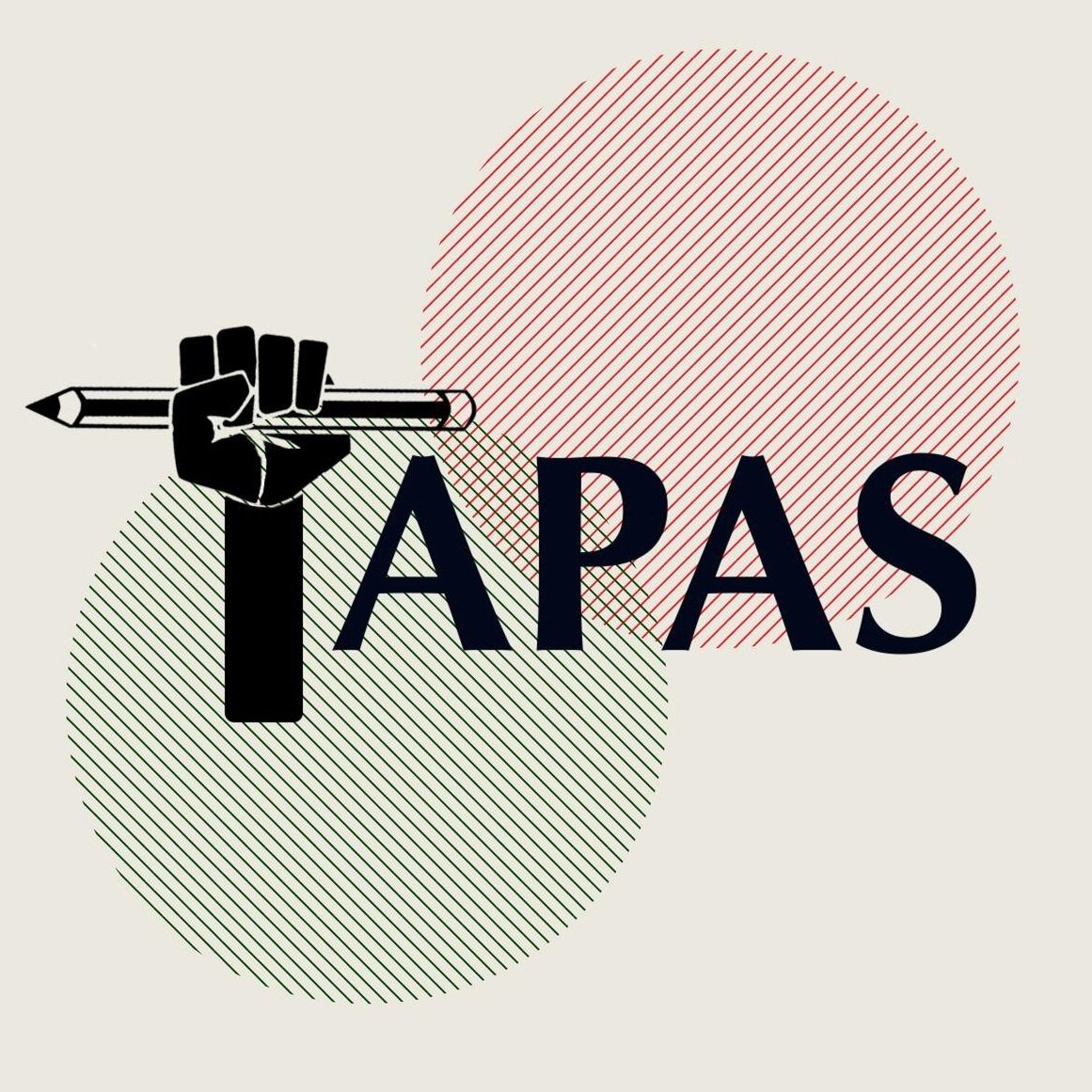Alice Cheng - The Socioeconomic Effects of Displacement from Racial Violence: Evidence from the 1921 Tulsa Race Massacre
The 1921 Tulsa Race Massacre was one of the most devastating yet overlooked acts of racial violence in American history. During the Massacre, a White mob attacked the predominantly Black Greenwood District in Tulsa and burned Greenwood’s buildings, displacing about 1,000 African Americans and killing an estimated 300. With census data from 1910 to 1930, I examine the socioeconomic and household composition effects of the Massacre on African American residents of Tulsa. Using both a pooled cross-section and panel data analysis, I consistently determine a statistically significant, negative impact of the Massacre on the socioeconomic index – a composite of occupational income, education, and prestige that ranges from 0 to 96 in my dataset – of African American residents of the Greenwood District, with estimates ranging from a 1.098-point decrease from the pooled cross-section data to a 9.621-point decrease from the panel data. Putting these numbers in perspective, the pooled cross-section analysis shows that the Massacre caused about a 2% drop in occupational income score, occupational education score, and occupational earnings score in addition to a 4.35% drop in socioeconomic index by 1930. The panel data analysis shows that the Massacre caused a 28.5% decrease in occupation score and 59.0% decrease in socioeconomic index by 1930. Moreover, the Massacre disrupted the conventional two-parent household, as I find a decrease of 24.4 percentage points in the probability of an African American individual being in a household with at least one father by 1930.
My results underscore and begin to offer a fuller picture of the Massacre’s enduring legacy. Though my data and results specifically focus on how individual racism manifested into racial violence and displacement in a historical period, this individual racism is connected to institutional racism that continues to be sustained today. When trying to rebuild Greenwood after the Massacre, African American residents faced numerous obstacles imposed by White officials and essentially rebuilt the neighborhood themselves. Even after reaching its peak in the 1940s and 1950s, Black Wall Street faced its downfall in 1957 during urban renewal where many Black residents were pushed into North Tulsa. During urban renewal, the state reinforced the damage and displacement wrought by White mobs during the Massacre, exemplifying how individual and institutional racism are deeply intertwined. Despite the displacement and violence Greenwood has experienced, its rebuilding after the Massacre, current-day community organizing and development, and enduring cultural legacy bring hope and agency to its residents.
Contact for full thesis. TAPAS members may directly access the PDF via the TAPAS Google Drive.
Note from the author: Quantitative evidence should be contextualized with qualitative work. Though this thesis presents a window into the socioeconomic impacts of the Massacre, there are so many things that quantitative data does not even begin to capture. The empirical evidence in this thesis shows the extent of damage individual and institutional racism can cause but to reparatively address the harm done, it takes much more than analyzing numbers and should center voices of the communities affected.
An additional note from Alice: “There are some elements of ethnic studies in my thesis, but I definitely wish I had gotten to add more — the disciplinary tensions between economics and ethnic studies are still something I’m grappling with!”"
